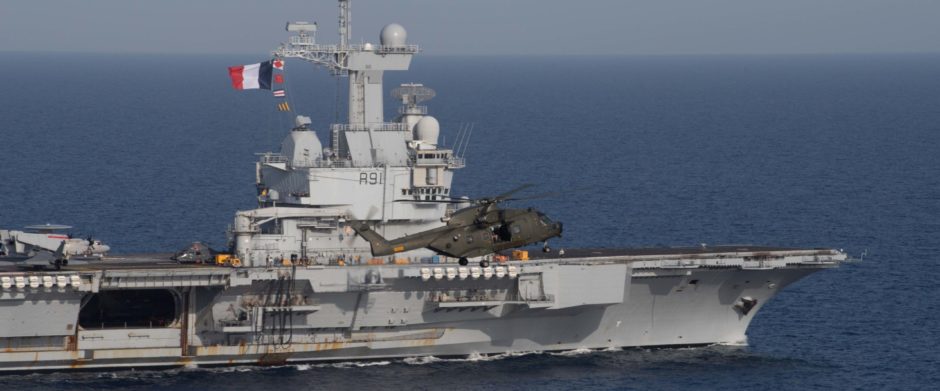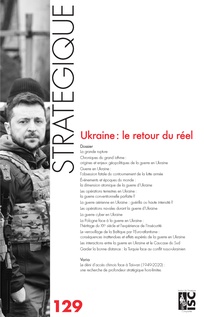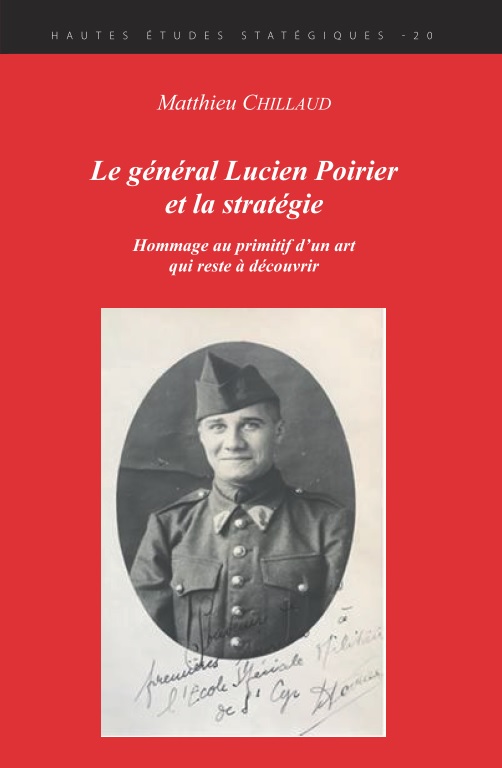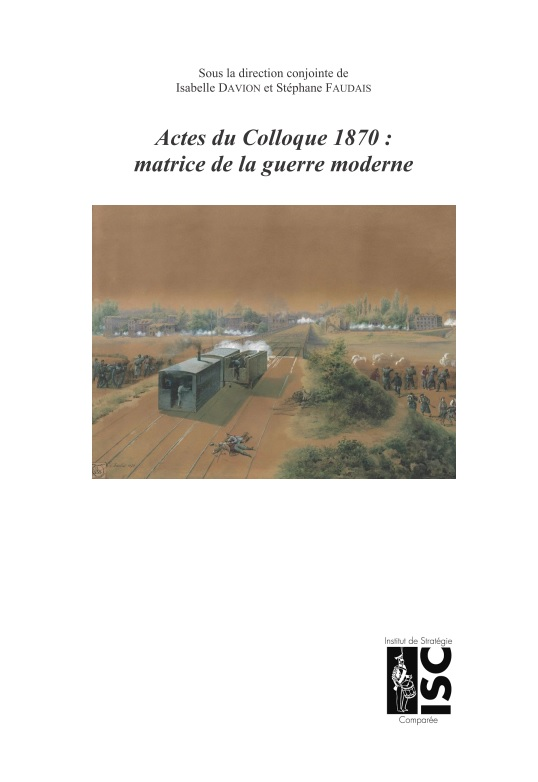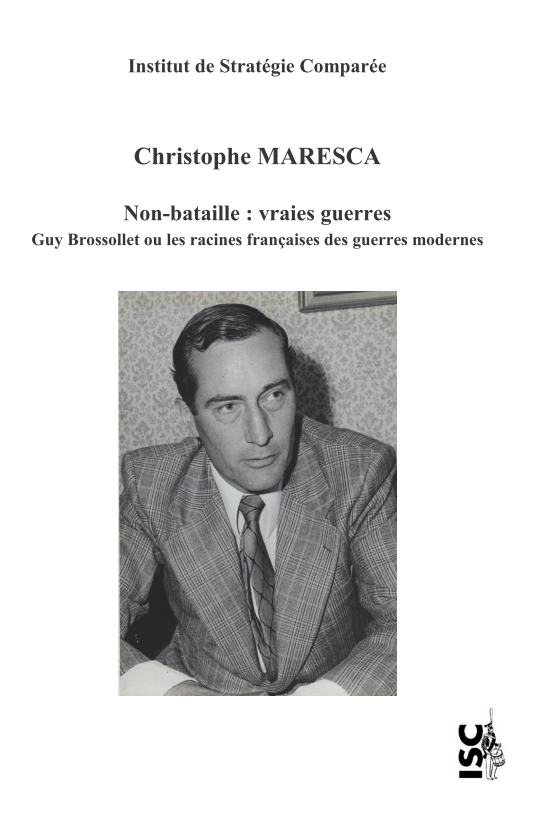On June 17, 2001, the Lafayette Escadrille Memorial was teeming with hundreds of people. On this bright, beautiful day, the vividly festive scene was a busy one full of chatter, activity, and fanfare. The usually empty grounds of the Memorial were filled with a large assortment of visitors: American, French, dignitaries, tourists, military personnel, and civilian attendees. 1
This was a special day for the Lafayette Escadrille Memorial. Over forty American Congressmen and Senators, and a large gathering of French and American businessmen, had descended upon the Memorial to witness a special wreath laying ceremony and military flyover in celebration of the 85th Anniversary of the Lafayette Escadrille.
Why all this attention 85 years after their inauguration? How did the Lafayette Escadrille Memorial become so crowded on this day, just years after such attempted ceremonies consisted of “just three people and a bugler?”
* * *
A few years ago, a U. S. Air Force Lieutenant General named Michael Moseley was taken to the Lafayette Escadrille Memorial while on a visit to France. Taken by its beauty and its historical significance, he was appalled by its condition. General Moseley could not believe that an important symbol of such a storied American unit had fallen into such disrepair and decided to take action. He made it his personal mission to do something about the monument in order to restore the honor of the men it represented. Under his impetus, and through the efforts of others, the Memorial would finally get some much-needed attention. 2
The events that were transpiring on this day of June 17, 2001, were a testimony of the General’s efforts. On this particular day, however, General Gregory S. Martin, the USAF Europe Commander, was the military guest of honor, and in charge of the festivities designed to promote the honor of the Lafayette men. His speech echoed General Moseley’s sentiments,
“Frankly, the condition of the monument does not meet the standards expected. These airmen deserve our respect and care. The problem is, as time marches on, the trust funds and the people who are conversant with the sacrifice, begin to disappear. We are finding that out with the Lafayette Escadrille Memorial.” 3
Continuing, General Martin’s speech captured the essence of the Lafayette men and their importance to the USAF,
“These men were our pioneers. They were not just the forerunners of the Army Air Corps of World War II, but of the Air Force today. This is where America first learned to fly aerial combat; they gave us our aviation war wings. The bottom line is, we want the people who visit the Lafayette Escadrille Memorial to feel just as proud about the contributions of the airmen that rest here as they do about the contributions of those who rest back in the States.”
The speech and the day’s celebrations were a success. The ceremonies included a flyby of French and American aircraft, and an organized visit of the Memorial and its crypt for the Congressmen and Senators. These efforts generated much interest. The French Government subsequently raised $485,000 as a donation to the Lafayette Escadrille Foundation. 5 The American Legion, a volunteer veteran’s group from America, has pitched in an additional $25, 000. 6
But more importantly, the results of the June 17, ceremony proved to be a catalyst to American Government. Congressman Russell Stearns from Florida, led the charge in Congress, and promoted the bill and legislation necessary to raise funds for the Escadrille Memorial. He introduced legislation on September 19, 2001, to furnish the Lafayette Escadrille Memorial with $2 million in funds. In detailed testimony to the members of Congress, Congressman Stearns talked about the Lafayette Escadrille men, telling their history while displaying pictures of the men. He recounted the history of the Memorial, to include its problems over the years, and he presented actual photos of the damage to the crypt and to the Memorial itself. In December of 2001, Congress approved the legislation and $2 million dollars were earmarked for the Memorial. The legislation included the following house comments,
“It is the sense of Congress of the United States that it should continue to honor the U. S. aviators who lost their lives while flying for France during World War I by guaranteeing support funds to repair the Lafayette Escadrille Memorial in Marnes-la-Coquette, France.” 7
This appropriation proved fundamental to the survival of the Memorial, since repairs were estimated to cost $2 million dollars (after the $485,000 pledge from the French). One million will go to the restoration of the Memorial, and another million will go to replenishing the dwindling trust fund to maintain the Memorial and its grounds. 8
A promotional campaign for the Lafayette Escadrille Memorial has been started by the USAF. Posters and brochures furnished by the Air Force History and Museum Program promote the refurbishment of the monument. In a section of the brochure entitled “Keeping Faith with America’s Aviators: The International Effort to restore the Memorial,” it states that “restoring the Memorial to its full grandeur would be a fitting tribute to America’s first combat men.” 9
* * *
What exactly is planned for the Lafayette Escadrille Memorial? According to the “Preconditions Study to the General Restoration” laid out in February 1999, by Pierre Antoine Gaiter, Chief Architect of Historic Monuments, Ministry of the Culture of the French Government, who will be the chief architect in charge of redesign, the restoration calls for three stages of repairs.
Stage One: Waterproof the crypt, fix drains, restore and waterproof terrace and roof, make structural repairs to the crypt and double glass the stained glassed windows.
Stage Two: Restore and clean façade, cleaning and removal of deposits behind coffins in crypt, restoration of stucco to crypt.
Stage Three: Redo pavements, grade grounds and landscape. 10
In summary, the following reparations and repairs are necessary to improve the condition of the memorial:
n Perform a hydrographic survey of the surrounding site and develop a ground water monitoring plan.
n Reroute and canalize the adjacent stream.
n Install a cutoff drain and impermeable wall upstream to prevent groundwater contact with the structure.
n Analyze ground and rainwater quality to determine how it impacts the rate of deterioration of concrete and steel bars and develop methods to slow rate of deterioration.
n Investigate the impact of lowering the ground water level especially as it may impact the specific hydrostatic conditions to which the foundation of the structure is subject.
n Further investigate the structure integrity of the entire structure and especially the foundation.
n Repair or replace pavements.
n Landscape the grounds, repair the ground walkways, and plant desired trees and shrubbery to improve the look and well-being of the site. 11
A Reinvigorated Foundation
The Lafayette Escadrille Foundation has its headquarters at 34, avenue de New York, in the 16th Arrondissement in Paris. The Foundation, in response to all of these recent goings-on, has appeared to experience a rebirth in spirit and life. Mr. Russell Porter, the American Foundation President, and a colorful gentleman who appears to have stepped directly out of the 1920’s or 1930’s, is beside himself with happiness at the infusion of cash and renewed interest and support. For over thirty years he has struggled to bring the attention due to the Lafayette men; he is overjoyed to see the renewed interest. Also ecstatic is Colonel Jean P. Gillet, a dashing suave French man with a gravelly voice who is the French President of the Foundation and a former commander of the 2/4 Lafayette Escadrille. His voice trembles with excitement at the thought of the planned reconstruction. Meetings of the Foundation are lively and a renewed spirit is tangible and a sense of action accompanies this new found enthusiasm. 12 The Foundation is currently constructing its own Internet website, something that has not existed up till now. The site will draw attention not only to the Memorial, but will serve as an educational site as well, containing biographical and historical information about the men and the unit. A new promotional video has been filmed, and will be available on the website. The multimedia approach brings the Foundation to the modern age, and it is hoped that it will entice and excite youth from both France and the United States about the Lafayette Escadrille. 13
General William Lescynski, the distinguished American gentleman currently in charge of the American Battle Monuments Commission, European Region, is also impressed by the recent efforts to support the Lafayette Escadrille Memorial. He states there are over 700 monuments, memorial and plaques — of which 170 are privately funded – in France alone. Many of these are forgotten and in disrepair. There was a time in recent history that the ABMC was tempted to take over the Lafayette Escadrille Memorial, if necessary, since it had fallen so far into disrepair, but those days are now far behind. Yet he knows that even though an important victory has been won, a long battle to rectify the situation remains. The refurbishment of the Memorial will be difficult. 14
All agree however, that this is a grand start.
Resurrecting the Memory of the Lafayette Escadrille and Lafayette Flying Corps
The author has presented the evidence that he believes has led to the Lafayette Escadrille and the Lafayette Flying Corps being forgotten over the years. To speak on behalf of the American national psyche is nearly impossible, the author can only do his best to explain why he thinks the nation has not remembered the Lafayette Escadrille and why the unit has not resonated with American culture like other volunteer units have. There are those who will argue that the unit has not been forgotten; indeed, the author ran into those contrary to his opinion. But the majority of the people with whom the author came in contact, agreed that something was amiss. Many librarians, researchers, and historians were intrigued by the premise.
The evidence printed here can be summarized as follows. The Lafayette Escadrille’s total number of victories was not outstanding by any measure; the record of 40 kills in 23 months of fighting, was eclipsed by many contemporary French, American and British units. Furthermore, take away the monumental efforts by Lufbery and the unit’s record pales even further. The total number of victories by the Lafayette Flying Corps, 199, was not a great amount either when it is compared to the overall victory total claimed by the Allies.
The USAS completely failed to integrate the Lafayette Escadrille into its ranks. The abrupt dispersal of the unit and its men, and the complete failure to carry on its history did more to damage the unit’s legacy then any other single act.
To add to the pains of the disbanded unit, the discord, dissension, and distrust among its members, soured the Lafayette Escadrille’s men, and these men would fail to carry forward the unit’s legacy in the post war period, failed to carry on its traditions until too late, and did little to bolster and defend the unit’s name. Though books were written and a movie made, other forces, like the “ringers,” detracted from the Lafayette’s glory and ruined its image. None of its members went onto experience the fame of an Eddie Rickenbacker, a Billy Mitchell, or Teddy Roosevelt. Without key household names, the men’s beacon dimmed.
The USAF also has failed to keep alive the spirit of the Lafayette Escadrille. The squadron lineage has died off. No monuments exist stateside to celebrate and honor the men. There is no central collection of Lafayette memorabilia, nor are there any museums dedicated to their cause. Its greatest ace and hero, Lufbery, has no marker, monument, or memorial anywhere in the States.
All of these factors contributed to the Lafayette aviators’ fall into oblivion.
* * *
The renewed interest displayed by the U. S. Government and the USAF in the fate of the Lafayette Escadrille is promising. The important first step, to restore the Lafayette Escadrille Memorial to its former glory, has been undertaken. An aggressive promotional campaign by the USAF in the United States is necessary to correctly memorialize the men.
And it is never too late for the USAF to once and for all accept the Lafayette aviators as the true pioneers of American combat aviation. Their history should be officially and carefully documented, and a single location dedicated to their memory should be established in the United States, where all can come to learn and pay tribute to these great men. As Paul Rockwell once said, “I think that the youth of our country (America) could get a great deal of inspiration out of the study of the Lafayette Escadrille.” 15 The Lafayette men were unable to safeguard their legacy while alive. Now that they are dead it is up to America to never let their story die.
